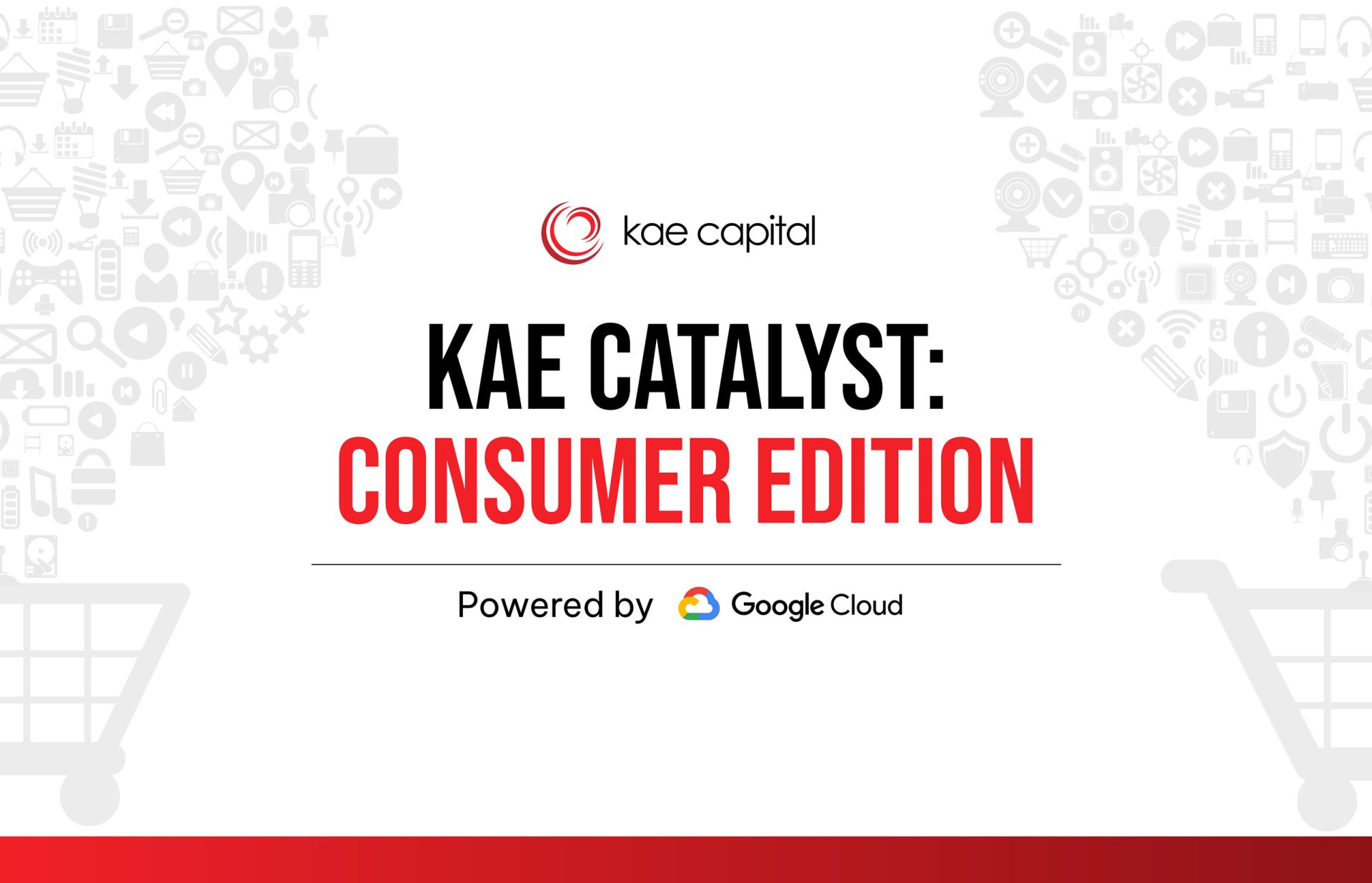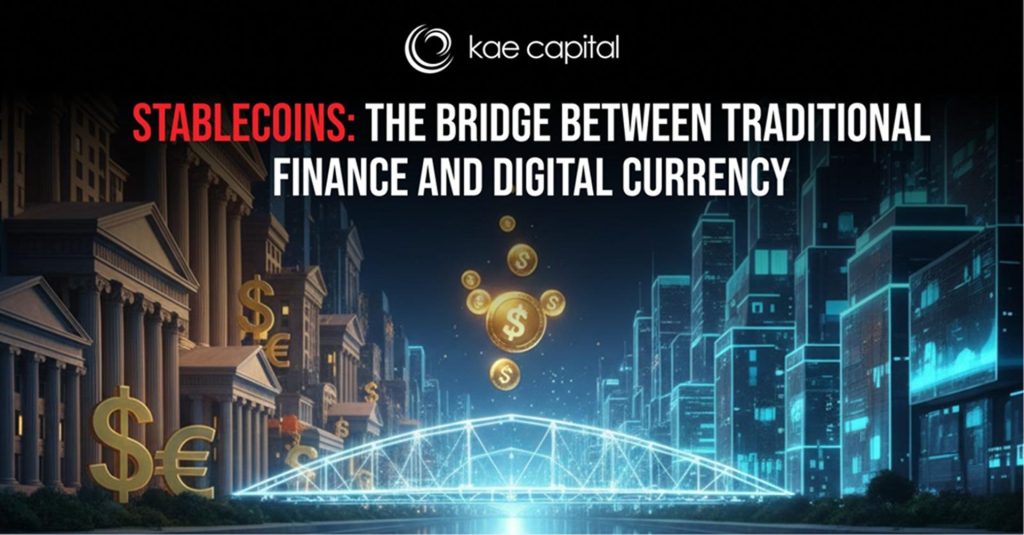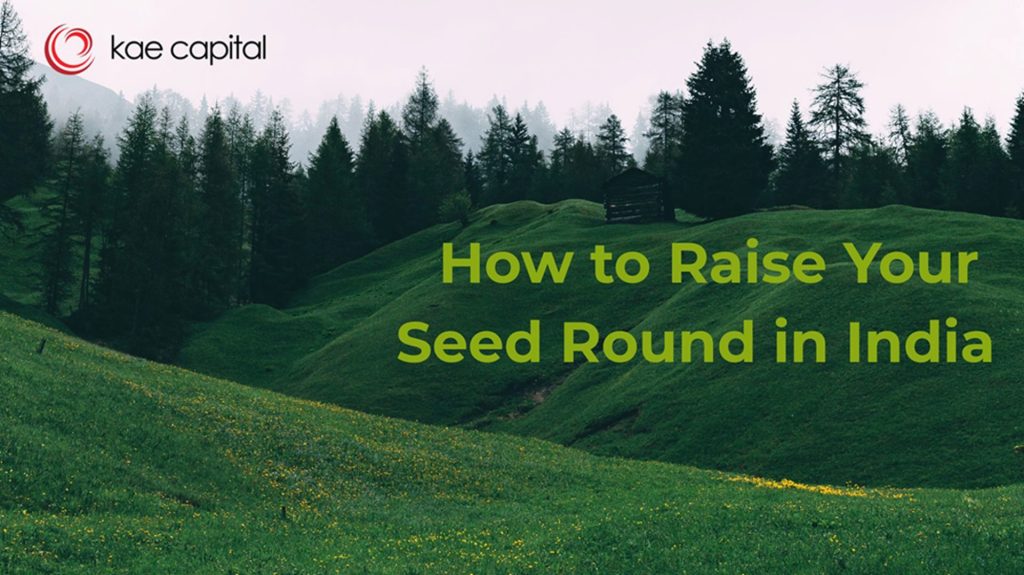India’s consumer landscape is in the midst of one of its most dynamic shifts. Rising digital adoption, evolving consumer aspirations, and the emergence of new-age distribution models are redefining how brands are built and how consumers engage with them. For founders and operators, this creates both unprecedented opportunities and complex challenges; how do you build a brand that lasts in an age of fleeting attention spans? How do marketplaces adapt when 10-minute delivery is no longer a differentiator but an expectation?
These were the questions at the heart of the recently concluded Kae Catalyst: Consumer Edition, where we brought together 70+ founders, investors, and operators who are building at the intersection of consumer and technology. The evening, co-hosted with our partners at Google Cloud, featured two insightful panel discussions that explored the future of consumer brands and marketplaces.
Panel 1: Built to Last – Building Brands that Endure
Moderated by Sunitha from Kae Capital, the first panel dove deep into what it really takes to build consumer brands in India. Featuring Kae’s portfolio founders – Romita (Foxtale) and Saloni (Traya), along with Rishabh (Sharrp Ventures), the discussion offered candid insights from founders in the trenches and a founder turned investor with a sharp eye for brand-building signals.

The 0–1 and 0–3 Cr Journey
Romita and Saloni spoke about the early days when everything revolved around product-market fit. Distribution, brand-building, and team culture are critical, but the founders emphasized the importance of single-minded focus, solving one problem for one set of customers with ruthless clarity. For consumer brands, it isn’t enough to have a differentiated product; the messaging, delivery, and customer experience must align seamlessly.
What stood out is how the bar for PMF has shifted. A few years ago, getting to ₹1 crore in monthly revenue was seen as a clear marker of PMF. Today, that milestone looks closer to ₹3 crore, proof that expectations are rising, competition is sharper, and brands need to go deeper to truly win.
At the ₹0–3 crore per month scale, the conversation shifts to building teams and processes. Founders reflected on how delegation becomes critical, and building internal conviction around customer-first thinking ensures organizations don’t lose touch with their early DNA.
What Investors Look For
Rishabh highlighted the early signs he looks for in consumer founders: clarity of thought, the ability to attract talent, and a nuanced understanding of distribution. Interestingly, he differentiated between evaluating early-stage versus scaled-up founders. For early founders, adaptability and sharp focus are key, while for scaled players, it’s about proving whether they can sustain momentum and evolve across channels without losing discipline.
Scale and the Distribution Puzzle
As Foxtale and Traya scaled, their approach to distribution evolved. From early dependence on D2C to balancing marketplaces, offline GT (general trade), and quick commerce, the consensus was that there is no single playbook. Founders must stay pragmatic and adapt to where the consumer is, whether that’s a digital shelf, a kirana store, or a quick-commerce app.
On the investor side, Rishabh noted that while there may not be a bias for offline or online, understanding unit economics within each channel is non-negotiable. Growth for growth’s sake is meaningless if contribution margins do not compound positively.
Brand vs. Performance Marketing
A recurring theme was the tension between brand building and performance marketing. Founders acknowledged the pressure to deliver immediate results in investor boardrooms. Yet, they agreed that brand equity is a long game, and the right time to invest is once the product has clear early traction.
As one way to think about it: performance marketing is like rocket fuel, it can give you an immediate lift and accelerate growth quickly. Brand building, on the other hand, is like gravity, it may not be flashy day-to-day, but it keeps the business grounded, creates resilience, and ensures your growth is sustainable. Wait too long to invest in a brand, and your product risks being seen as a commodity; invest too early, and cash burns without leverage.
Gen Z, the Attention Economy, and Contrarian Views
In today’s attention-scarce world, Gen Z consumer behavior is rewriting the playbook. Romita spoke about how authenticity and community matter far more than polished advertising. Saloni stressed inculcating consumer-backward thinking into every team member — building for long-term trust rather than chasing short-term metrics.
When asked for contrarian views, the panelists offered thought-provoking takes: that the D2C boom is not “easy capital + Instagram ads = success” anymore; that offline still holds immense power despite the digital hype; and that consumer brands should not shy away from “boring” categories if they solve a real need.
If they were to start today, each founder’s mental model was clear: identify underserved categories, build with authenticity, and never underestimate the power of distribution agility.
Panel 2: Beyond the Cart – Future of Consumer Marketplaces
The second panel, moderated by Harshad from Google Cloud, zoomed out from brands to the platforms that power consumer experiences. Featuring Kae’s portfolio founders – Manas (GobbleCube) & Anil (Snapmint), along with Raghav (Promaft), the discussion explored the fast-changing marketplace landscape.

What’s Broken in Current Models?
The panel kicked off with a critical question: what’s fundamentally broken about consumer marketplaces? Trust, discovery, and transaction friction emerged as recurring themes. Startups are experimenting with embedded finance, AI-driven discovery, and personalization to close these gaps, but as Manas pointed out, execution at scale remains the real test.
Beyond Buzzwords: Tech That’s Moving the Needle
AI, social commerce, and live streaming are buzzwords often thrown around. But what’s working in practice? Anil emphasized embedded credit solutions as a real unlock for consumer adoption, especially in a price-sensitive market like India. Manas added that agentic AI tools are helping brands grow smarter across e-commerce and quick commerce, not just spend more ad dollars. Raghav provided the investor lens: technologies that improve retention, lower acquisition costs, and reduce friction are the ones that will endure.
Competing in a Quick-Commerce World
The rise of 10-minute deliveries has completely reset consumer expectations. The panel acknowledged the operational and capital intensity behind these models but agreed that speed alone cannot be the differentiator. Marketplaces that combine speed with trust, affordability, and discovery are more likely to build defensibility.
The Next 2–3 Years of Consumer Marketplaces
Looking ahead, the panelists painted a picture of ecosystem-driven marketplaces, platforms that don’t just facilitate transactions but enable community, discovery, and financing. Differentiation will come from specialization and vertical depth, not just horizontal scale. Winners will likely be those who balance supply-demand liquidity with innovative consumer experiences.
Supply vs. Demand: Solving the Chicken-and-Egg Problem
When asked how to prioritize between supply and demand, founders reflected on their own journeys. The consensus: it depends on the category. In some cases, curating high-quality supply attracts demand; in others, creating a demand pool forces suppliers to show up. The key is sequencing thoughtfully and staying flexible, especially in the fragile early days.
Takeaways: A Consumer Landscape in Flux
Both panels underscored one thing: India’s consumer-tech story is only just beginning, but the bar for building enduring companies is rising sharply.
- For founders building DTC brands, the advice was clear: build authentic products, obsess over distribution, and know when to shift gears between performance and brand.
- For marketplaces founders, the challenge lies in moving beyond transactions to creating sticky, trust-led ecosystems.
- For investors, the signals to watch for are founder clarity, adaptability, and thoughtful scaling choices that don’t sacrifice long-term unit economics.
At Kae Catalyst, our goal has always been to create a space where such candid, experience-led conversations can happen. As India’s consumer ecosystem matures, we remain committed to backing founders who are not just chasing the next trend but are building with resilience, authenticity, and ambition.
Looking Ahead
At Kae Capital, we believe India’s consumer ecosystem is only at the beginning of its growth curve. This Consumer Edition was a reflection of our commitment to fostering these conversations and supporting the founders who will lead this transformation. A big thank you to our panelists, attendees, and our partners at Google Cloud for making the evening a success.
The journey of building consumer companies is never easy, but as the discussions revealed, it is in the complexity that the most exciting opportunities lie.



